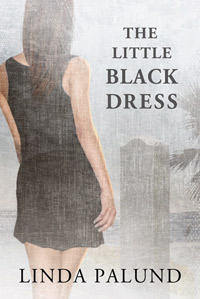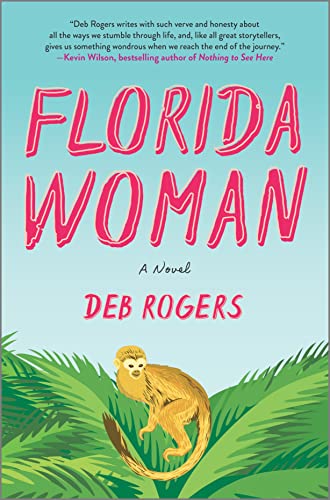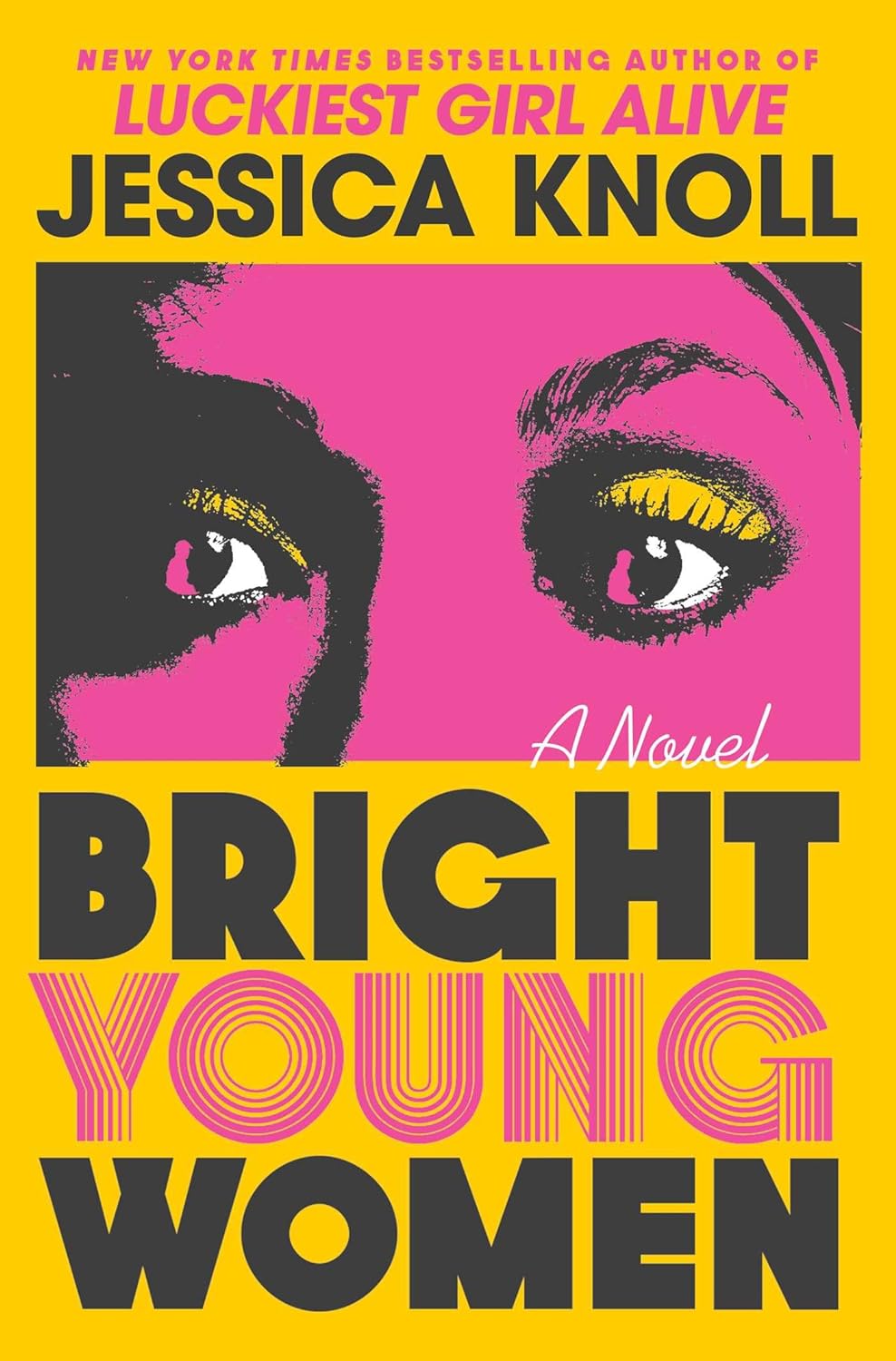Linda Palund’s young adult mystery, Little Black Dress, starts with high school student Lucy Linsky dreaming about the funeral of her late girlfriend, Carmen. The story flashes back to the evening that Carmen was abducted and murdered, then flashes back again to Lucy meeting the mysterious Carmen and the teenagers falling in love. Just a few chapters later, Lucy begins to investigate Carmen’s murder, which has the police stumped. With some help from Carmen’s visiting older brother James, Lucy’s old friend Wendy and new friend Seth, and possibly a little intervention from Carmen’s ghost, Carmen’s murder is eventually solved, and Lucy learns some of her late girlfriend’s secrets along the way. First, though, the teenagers discover that Carmen was not the only young woman victimized by the killers, and find themselves in danger too.
The novel is well-paced, engaging, and I cared about finding Carmen’s killers. However, I was not prepared for the amount of sexual violence in this book, or the way it is discussed by the characters. From quite early in the book, you know that three males were involved in Carmen’s kidnapping and death. Without giving too much away, not all the killers were new to abusing young women, and investigating Carmen’s death leads Lucy to some of the predators’ living victims. These girls were victimized largely through coercion and exploitation rather kidnapping, and Lucy’s comments about them disturbed me. At one point Lucy tells the reader that some survivors of a serial rapist “let themselves be raped and kept their mouths shut,” as though they had the option of not “letting” themselves be sexually assaulted. At another juncture, she attributes other survivors’ silence about their sexual abuse to their shame at having “sunk” to being abused, without disagreeing with their self-blaming thinking. Lucy is the narrator, and no one challenges some of the subtle rape culture attitudes she expresses. Worse, toward the end of the book, a sympathetic character arranges for one of the suspected killers to be raped, the scene that is played for humor rather than horror. I also found the level of graphic detail about the many sexual assaults and about Carmen’s murder did not add to the story. At about the third detailed retelling of sexual violence, I wondered why I was reading this book, but at that point I was invested in finding out who killed Carmen, so I slogged through it. If I’d known how many scenes of rape and attempted rape I was in for, I would not have picked up this novel.
The most disturbing thing in this book, though, was all the shame and secrets about things that weren’t shameful. Despite living in present-day Westwood, Los Angeles, with at least one supportive, liberal parent and caring friends, Lucy remains closeted to almost everyone for the entire book. No one but Seth and a few people at a gay-friendly café in Santa Monica ever know that Carmen was more than Lucy’s best friend. She mourns her girlfriend without saying that Carmen was actually her first love. Lucy even possibly hinders the police investigation by hiding her relationship with Carmen when the police wrongly suspect Carmen had a boyfriend who could have been involved in her death. Though Carmen’s family came from the South and seemed to be more conservative, it didn’t make sense to me that Lucy seemed to accept herself as a lesbian but did not consider coming out or even discuss her motives for staying closeted. Midway through the book Lucy gives a little anti-butch rant that suggested to me that she’s less at ease with her sexuality than she claims, but it isn’t examined further. It’s uncomfortable to read a lesbian book where the young lesbian narrator bashes masculine women and stays unquestioningly and dedicatedly closeted.
The shame and silence doesn’t stop there, either. Carmen and her family lived with a troubling number of secrets long before Carmen’s tragic murder. More than one living survivor of the future killers is racked with shame over being sexually assaulted and is terrified of what people will think of her if they found out. The rapists should have been ashamed, not the victims, but no one ever says that. The killers are able to operate brazenly because of this culture of misplaced shame and secrecy, and yet this fact is never explored. In the end, the guilty individuals are found out but no one resolves to stop blaming exploited teenage girls for their abuse, or comes out, or challenges the structures that let sexual assault be an open secret in the first place.
I hesitate to recommend this novel, which is too bad because most of it is a decent read. I would be especially wary of giving it to teens, its target audience. Anyone who reads it ought to also read What You Really Really Want: The Smart Girl’s Shame-Free Guide to Sex and Safety by Jaclyn Friedman as a counterpoint. If Lucy had come out to her friends or family, if one of the survivors had refused to take the blame for her abuse, if anyone had challenged some of the troubling thinking in this book, I’d feel differently. But as it is, Little Black Dress was not what I look for in a lesbian mystery novel, and it probably isn’t what you’re looking for either.



